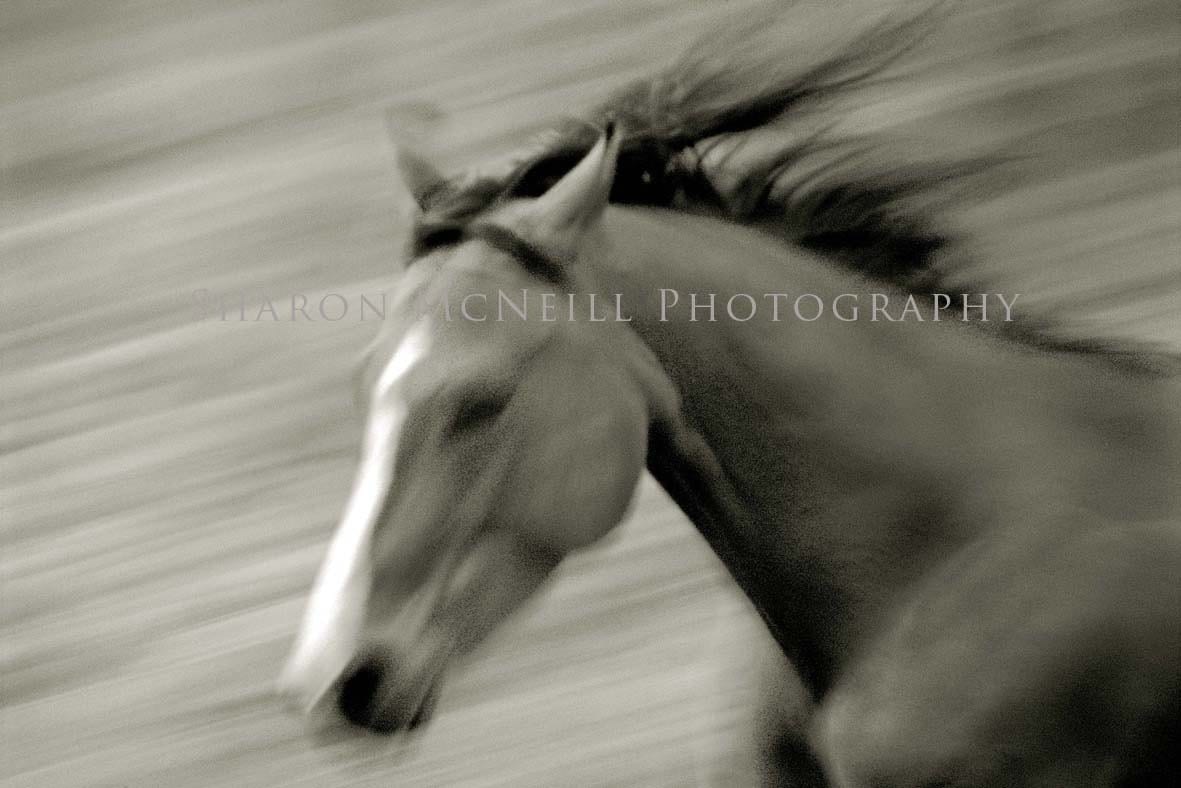Ley lines are said to be energy lines that connect ancient spiritual sites, like stone circles, burial sites, pyramids, churches. The term was coined by the amateur archaeologist Alfred Watkins in 1929, who said: “It is quite useless looking for existing fragments, however old, of roads which may remain from the first track, although, as we shall see, some bits may form useful indications of its site. The changes from early days have been so many in the matter of roads. We must therefore clear our minds, not only of what we think of roads, even Roman ones, but of our surmises, and begin again.”
It was common for ancient building practices to include geometry, solstices, moon phases and astronomy, especially for spiritual centers. The Chinese system of Feng Shui evokes a similar orientation to the movement of energy, or qi. Literally translated as wind-water, a cultural shorthand for a passage taken from the Zangshu (Book of Burial) by Guo Pu of the Jin Dynasty: Qi rides the wind and scatters, but is retained when encountering water.
According to the site Ancient Wisdom, the duty of the practitioners of the art was to determine the flow of ‘lung-mei’, or ‘Dragon currents’. Every building, stone and planted tree was so placed into the landscape as to conform to the ‘dragon currents’ which flowed along these lines. The main paths of the forces were believed to be determined by the routes of the sun, moon and five major planets. We know that the Earth is encompassed within a magnetic field. The strength and direction of the magnetic currents vary according to the position of the sun, moon and closer planets. The magnetic field is also affected. Other traditions have believed in the movements of energy in a similar way, such as the ankh of ancient Egypt, prana of India, mana for the Polynesians, the ancient Greek pnuema.
The Ancient Wisdom article notes that The Aborigines of Australia tell of a ‘pastage’, which they call the ‘dream-time’, when the ‘creative gods’ traversed the country and reshaped the land to conform with important paths called ‘turingas’. They say that at certain times of the year these ‘turingas’ are revitalised by energies flowing through them fertilising the adjacent countryside. They also say that these lines can be used to receive messages over great distances.
The Incas used ‘Spirit-lines’ or ‘ceques’ with the Inca temple of the sun in Cuzco as their hub. (9) The Jesuit father Bernabe Cobo referred to these ‘ceques’ in his ‘History of the new World’. 1653. These were lines on which ‘wak’as’ were placed and which were venerated by the local people. Ceques were described as sacred pathways. The old Indian word ‘ceqque’ or ‘ceque’ means boundary or line. Cobo describes how these lines are not the same as those at Nazca, being only apparent in the alignment of the wak’as. These wak’as were most often in the form of stones, springs, and often terminating near the summits of holy mountains. Documentary records made by the Spanish record that ‘qhapaq Hucha’ ceremonies of human sacrifice (usually children), took place at wak’as as an annual event and also at times of disaster. In the 17th century the Roman catholic church ordered that the holy shrines along the routes be destroyed. As in Europe, many ancient holy places were built over with churches.
Elsewhere in America, fragments of ancient tracks can still be found such as the Mayan ‘Sache’, of which 16 have so far been found originating in Coba, Mexico. The following is a description of one found in the Yucatan;
‘…a great causeway, 32ft wide, elevated from 2-8 ft above the ground, constructed of blocks of stone. It ran as far as we could follow it straight as an arrow, and almost flat as a rule. The guide told us that it extended 50 miles direct to Chichen itza (it started from the other chief town of Coba) and that it ended at the great mound, 2km to the north of Nohku or the main temple in a great ruined building’.
Other ancient tracks have been found in New Mexico. These roads are barely visible at ground level and radiate from Chaco Canyon. As in Bolivia, some of these paths run parallel and others lead to nowhere. One of the major sites connected by the ‘Anasazi’ roads is Pueblo Alto.
Ley lines and energy pathways are fascinating. I have come to think of this idea with regards to connecting with important people in my life. In fact, I was introduced to the term by my friend Kathy. When I lived in Asheville, we had such serendipitous conversations that we decided that there must be a ley line from Asheville to Montclair. In fact, it was from these conversations that the idea for my book was born.
This is all a very long set up to post a few photos from a recent visit to Kathy’s home. As a global curator, of course she’s got amazing art, but truly, I think if she had a pile of rocks and twigs (like I do :)) her place would somehow look as beautiful. She has “the eye”. And she is about to launch a brand new venture, which I will talk about as soon as it is official. Lovely, aren’t they?






























































